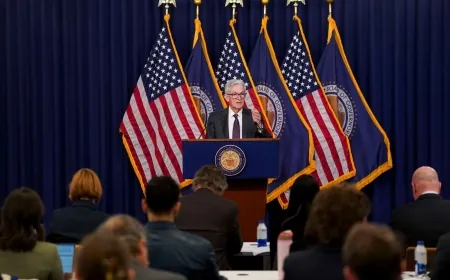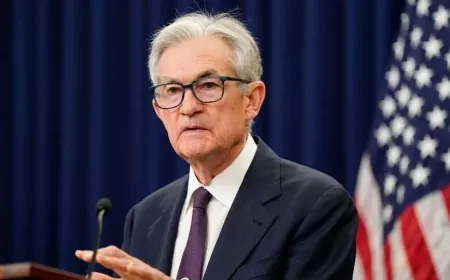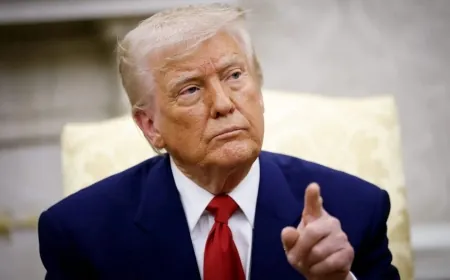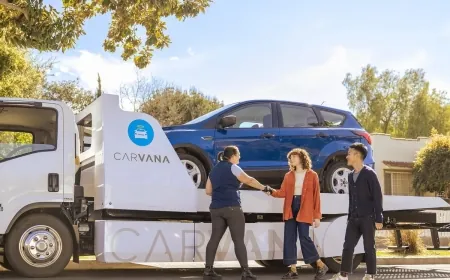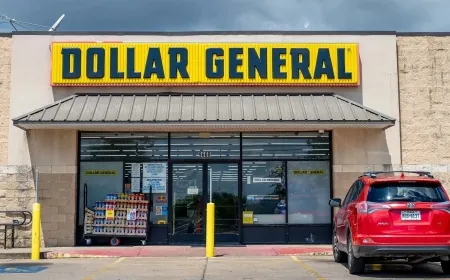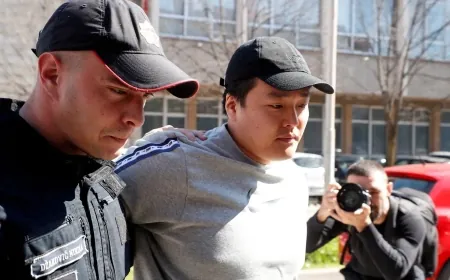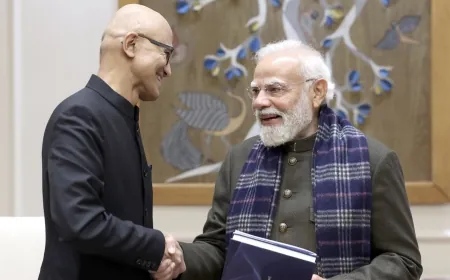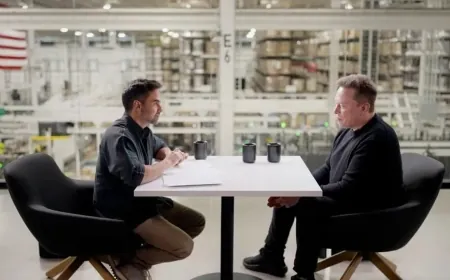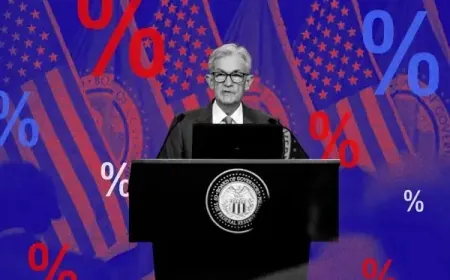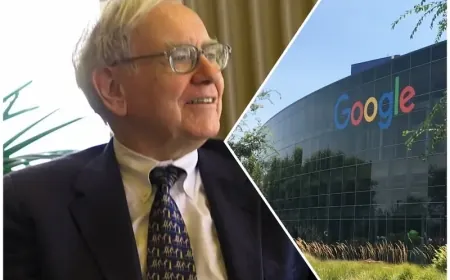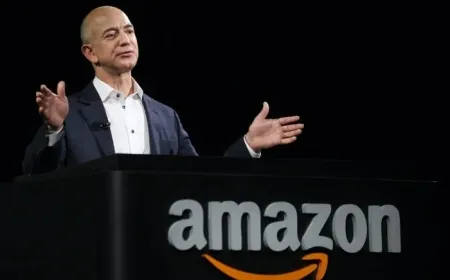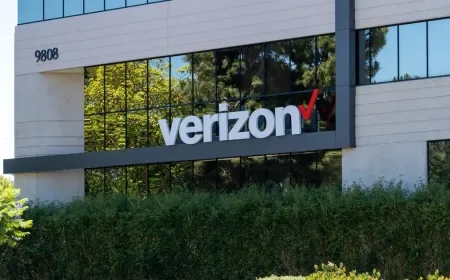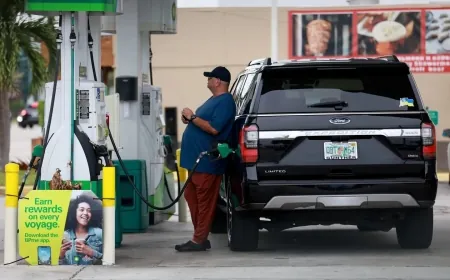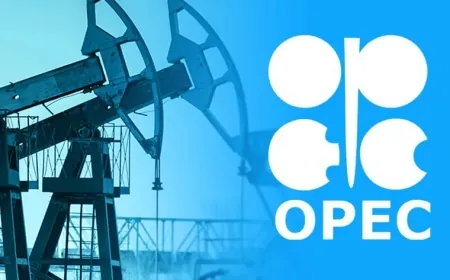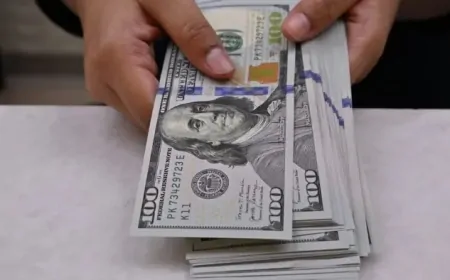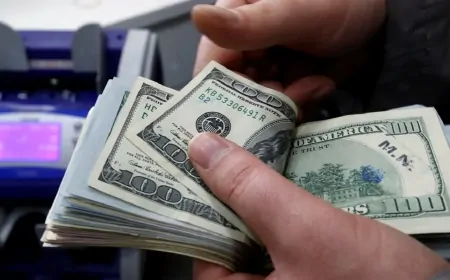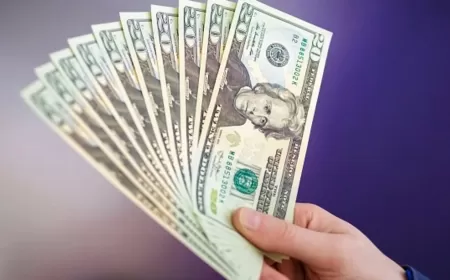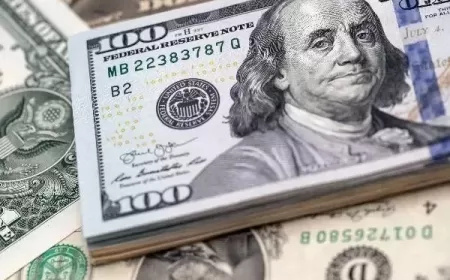White House Plans Backup Tariffs Before Supreme Court Decision
Trump officials review Section 301 and Section 122 tariff powers in case the Supreme Court blocks IEEPA-based duties that now make up over half of U.S. import tariffs.
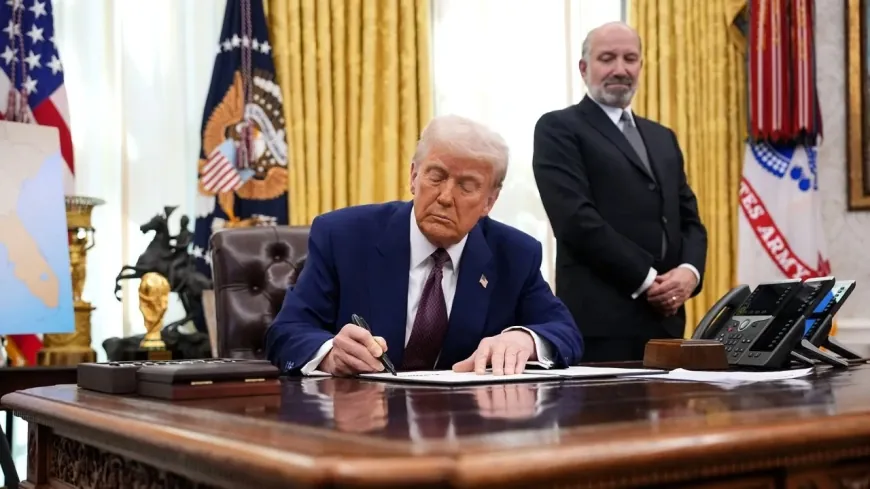
Key Highlights
The Trump administration is preparing replacement tariff tools in case the Supreme Court blocks one of the president’s main trade authorities. Several agencies have reviewed alternate options that the White House could activate quickly if parts of its current tariff program are struck down, according to officials familiar with the discussions.
The Commerce Department and the Office of the U.S. Trade Representative have examined whether Section 301 or Section 122 of the Trade Act could serve as substitutes. Both give the president the ability to set duties without Congress, though neither offers the broad scope of the authority now under review by the court. Each carries limits that could slow the administration or lead to new legal challenges.
Trump continues to push for a favorable outcome and has urged the court to uphold tariffs he imposed by citing an economic emergency. But internal planning shows the administration is preparing for multiple outcomes after several justices questioned the reach of Trump’s authority during oral arguments earlier this month.
“We’re waiting for a decision. We hope it’s going to be good,” Trump said Wednesday. “If it’s not, we find ways.”
A White House spokesperson did not discuss internal planning but said the president intends to keep tariffs central to his trade approach.
What the Supreme Court Case Covers
The case focuses on Trump’s use of the International Emergency Economic Powers Act (IEEPA). The administration relied on the law to place tariffs on a wide range of countries and products, including duties tied to fentanyl-related enforcement and charges on imports from China, Canada, Mexico, and Brazil.
IEEPA-based tariffs make up more than half of the current effective tariff rate on U.S. imports, which stands at roughly 14.4%, according to estimates from Bloomberg Economics. Analysts there believe the administration would try to replace most of these duties if the court strikes them down.
The timeline for a ruling is uncertain. The justices could uphold the tariffs, reject them entirely, or narrow the scope of the president’s power. Any change could create fresh uncertainty for companies, importers, and trade partners.
Backup Measures Already Moving Forward
Some fallback tools are already active. The administration has opened a Section 301 investigation into Brazil and still has 301 duties on several Chinese products from Trump’s first term. These actions usually require a formal investigation, which slows the process but offers a clear legal path for new tariffs.
National Economic Council Director Kevin Hassett said the White House could turn to Section 301 or Section 122 if needed. Section 122 allows duties of up to 15% for a maximum of 150 days — a limit that senior aides have previously flagged as too restrictive for long-term use.
The administration has also used Section 232 to set tariffs on steel, aluminum, autos, and related goods. New investigations under 232 continued this year, drawing criticism from European officials who argue that expanding 232 coverage violates sector caps agreed to in the U.S.–EU trade arrangement.
Some former trade officials have suggested the increase in 232 activity may already reflect preparation for a possible court loss.
Legal Hurdles and Rebuilding Tariffs
Another option, Section 338 of the Tariff Act, has never been used. Trade lawyers say an attempt to rely on it would almost certainly trigger court challenges.
Even if the administration turns to these alternate laws, officials would still need to resolve difficult questions. For example, can Section 122 duties be stopped and restarted to extend the 150-day limit? Could new duties apply to past shipments to avoid refunding money collected under IEEPA? Trade specialists say those issues would likely be tested in court.
Scott Lincicome of the Cato Institute said a ruling against the administration could require the return of more than $88 billion in tariffs already collected, adding pressure to act quickly. “It would be a huge mess,” he said.
Deputy Chief of Staff James Blair said at a recent event that he believes the administration has a “50–50 chance, or better” of winning. But he said that if the court rules against Trump, the administration will attempt to re-create the tariff structure using other authorities.
“There are tools the president already has to put it back through a different means,” Blair said.
Also Read: Trump Tariffs Could Slash Wall Street Bonuses in 2025

